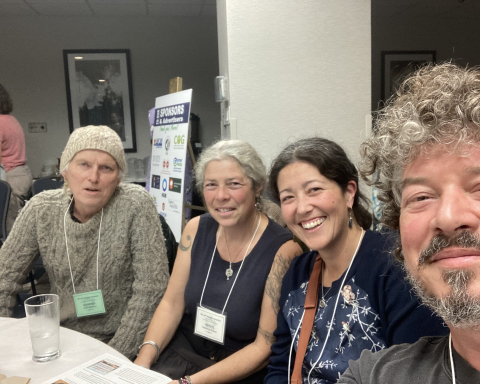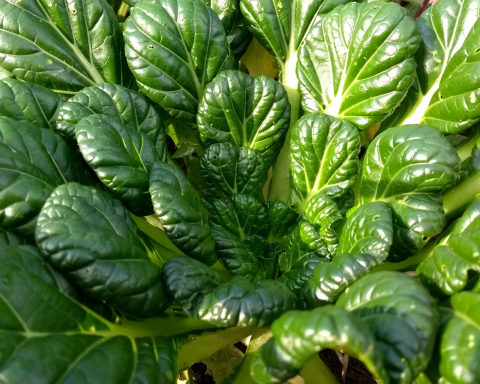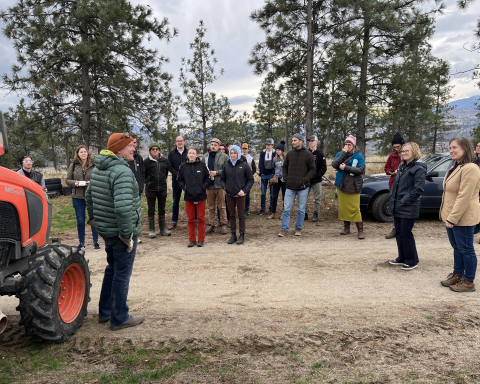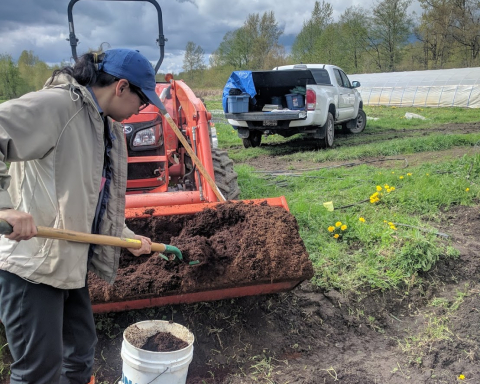Keeley Nixon
This is the crux of good communication; it’s not something we’re explicitly taught, but it is something we can always improve with practice. And while unfamiliar communication tools may feel awkward at the time, the alternative of inaction is often much worse.
Our communication muscles are underdeveloped—the good news is there are simple things we can start doing to build them.
Change how you understand conflict
Conflict is not inherently bad or negative. Conflict is normal and part of an ongoing cycle of change. Recognize where conflict comes from. Assumptions, misunderstandings, and perceptions can all prompt conflict, and forces such as the individuals involved and their relationship, time demands, and stress can impact it.
- See the agenda and relationship. In any conflict there’s an agenda and a relationship at play. How we deal with conflict is dependent on the focus of each.
- Aim to depersonalize. It won’t be neutral but strive for cooperative instead of adversarial. Think “us vs. issue” instead of “you vs.me”
Know thy self
It’s important to acknowledge your lenses. Values, ego, expectations, goals, needs, attitudes, and beliefs inform how we engage. Be mindful of what these are for you. Next, identify your default style. When a conflict arises do you cooperate, direct, compromise, accommodate, or avoid? Each has a time and place, and knowing your default will help you build awareness of when it serves you best—and when to try a different approach.
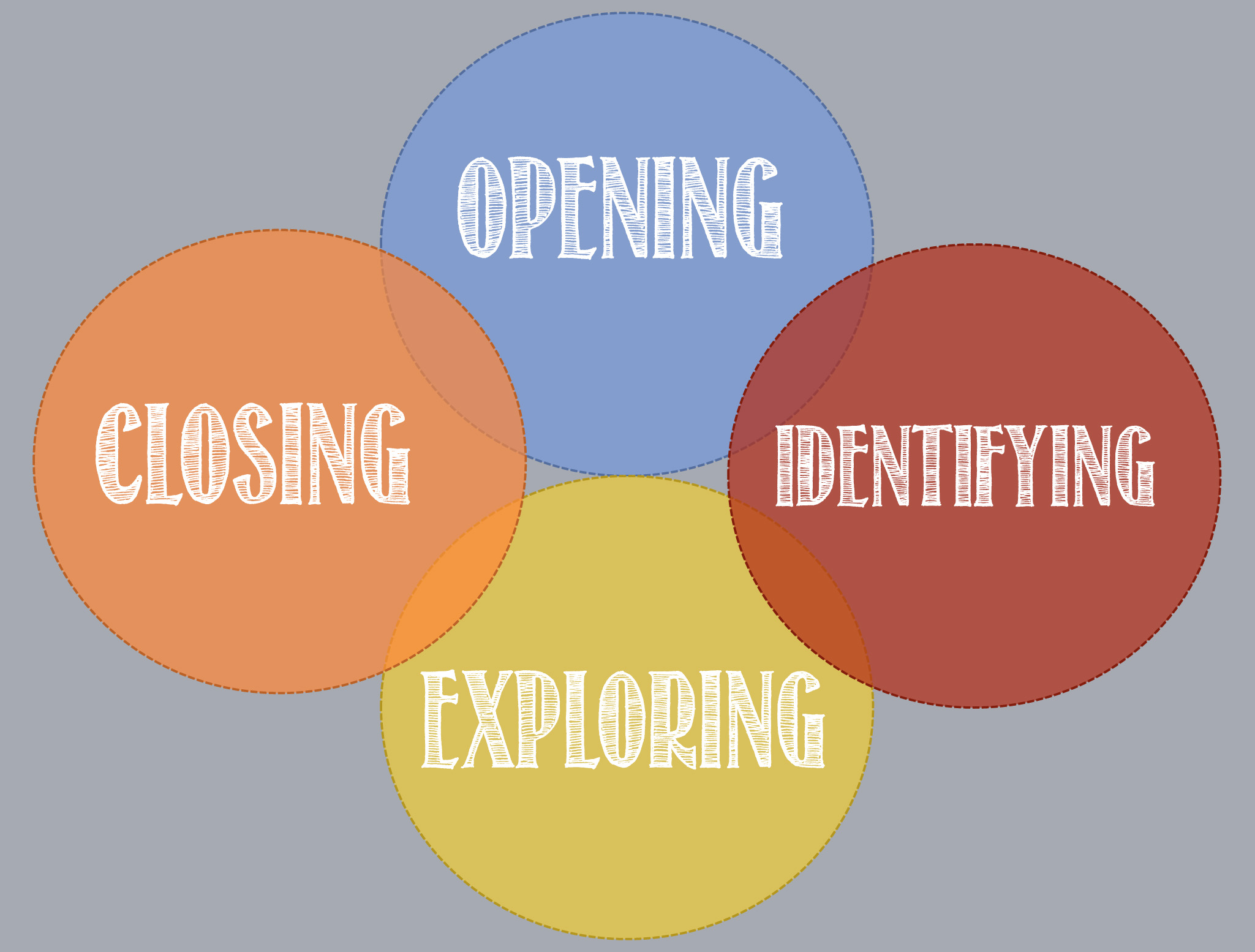
Lean in to process
Think of the process as a messy Venn diagram of 4 overlapping stages:
1. opening (approaching the issue)
2. identifying (sharing perspectives)
3. exploring (building understanding) and
4. closing (agreeing on solutions).
Each has certain goals and tasks, and in order for communication to be effective, there are some important considerations:
- Be mindful of language. Use “I” language to speak from your experience and use “we” language for collective goals and impact.
- Where and when a discussion happens matters. Friday afternoon at the wash up area is likely not the best time or place. Think about a space where everyone is comfortable, allocate time to bring the topic up, and share enough information to clearly convey the topic. This could sound like, “I’d like to check in with you about how we each feel the season is going so far… Could we make time after lunch one day this week?” Making time for regular check-ins creates space for conversation before issues arise and a space to channel ideas in-between.
- Check your body language and don’t interrupt. Listen to understand before you speak to be understood
- Question assumptions. Try asking, “Can you tell me what makes you think that way?” or, “What have I done/said that makes you think that way?”
- Anticipate emotion. When you feel emotion rising, stop and breathe before you respond. Defensiveness comes on fast, don’t let it.
- Stay open to resolution. Recognize that there’s no right way to resolve a conflict and in sharing perspective, listening deeply, and engaging you may be surprised where a solution does emerge. If a resolution isn’t apparent try taking a break and coming back at a set time, obtaining more information to help inform the group, or agreeing to disagree.
Tension and conflict are inevitable in any job. With the lived realities of being a farmer, or working for one, prickly situations are common. We owe it to ourselves and each other to strengthen our businesses and practices by learning how and when to approach tough conversations and show up with open ears and an open heart both on and off the farm.
Keeley Nixon has been involved in farming and food sector organizing since moving from the BC interior in 2001. After stepping out of field last season she’s pursuing training in mediation with a focus on agriculture. Keeley thrives on working with farmers to create durable changes and preserve important relationships. She brings her passion for food, good design, community engagement, and general joie de vivre to all that she does.



